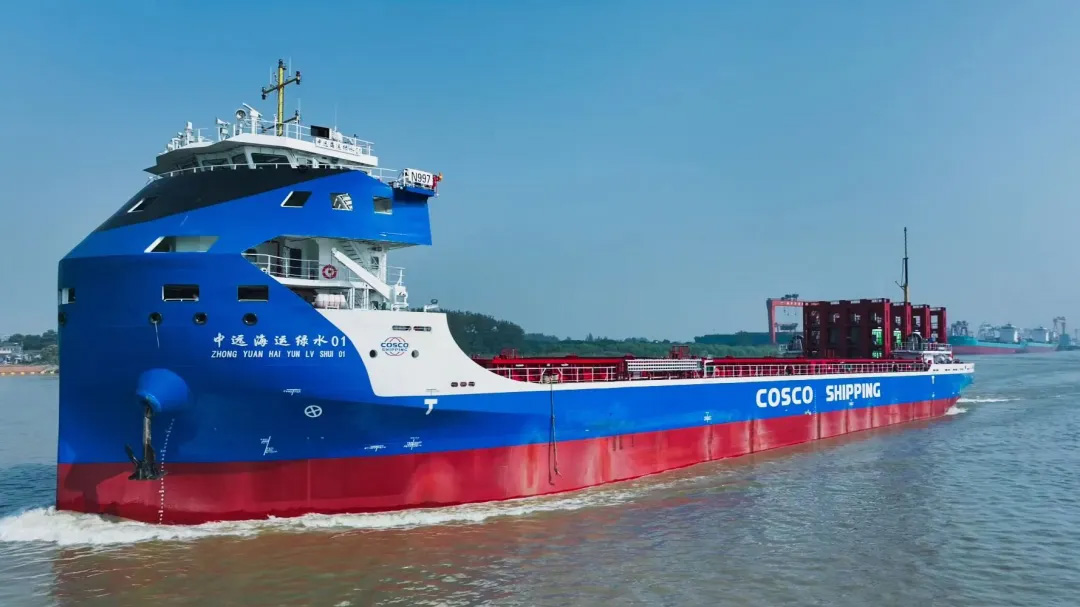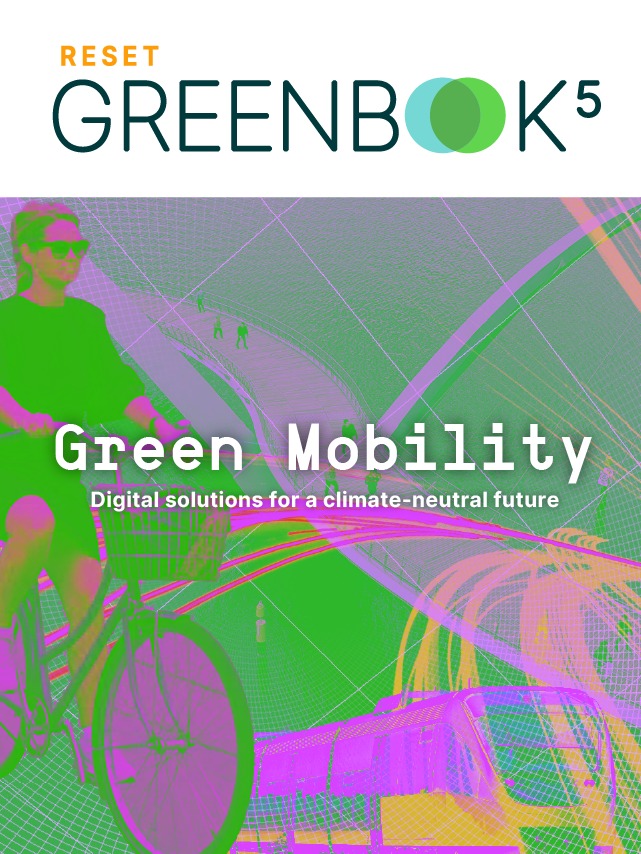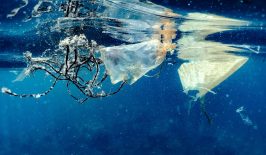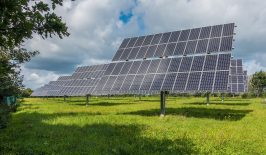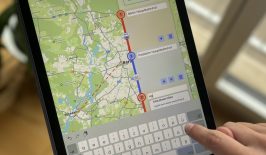Climate experts have been calling for the electrification of our road transport for years. However, the shipping industry is responsible for around 18 to 30 percent of global nitrogen oxide emissions and just under 2.5 percent of global carbon dioxide emissions. Green shipping and cleaner cargo are clearly an integral part of a successful mobility transition. But paradoxically, most boats already use electric motors to get from A to B.
A semi-electric drive feeds the electricity required for the electric motors from diesel generators. These in turn produce CO2 and particulate matter. In most cases, current batteries are still too expensive and underpowered for purely electric journeys. There’s also a lack of the necessary charging infrastructure. The pilot project from green energy company Parkwind offers a compelling solution.
Parkwind is an offshore operator and runs wind turbines in the Belgian North Sea. The company has now commissioned the first autonomous, wind-powered charging station for ships. This will make its own maintenance ships, which are needed for repairs and technical monitoring of the offshore turbines, more sustainable.
Waves and currents: How e-boats can be charged via offshore charging stations
Parkwind has begun using electric maintenance vessels at its site off the Belgian coast, charging them via a new type of offshore charging station. In the first tests, the boats have already transported personnel. According to the company, the new type of charging has led to “no disruptions in the operation of the system”.
However, charging boats on the high seas is more complicated than supplying power on land, as we do for electric cars. The charging system has to supply e-boats with power safely despite waves and currents. It should also work autonomously and the connection between the boat and the charging station should function without human assistance. To achieve this, Parkwind has developed a system similar to how aircraft are refuelled in the air.
After a request for a charging session is made, the offshore charging station deploys a charging cable. A special charging mechanism guides the cable into the appropriate connection via a funnel. As soon as the connection between the charging station and the boat is established, the vessel can move a few metres away from the platform. The boat can now remain in this position for the required charging time.
The station can supply up to 2 megawatts of power to transport boats and 8 megawatts of power to maintenance vessels. However, the system should also be able to supply conventional e-boats with electricity.
How realistic is the electrification of shipping?
With this type of charging facility, shipping companies can charge their e-boats in a much more decentralised manner than before. One of the problems with the electrification of the world’s oceans is the inadequate power supply at the harbours themselves. This is particularly a problem if we want to supply large container ships or cruise liners with electrical energy in addition to smaller maintenance boats. And it is precisely these types of ships that are repeatedly criticised for their environmental impact.
The Chinese cargo ship ‘Shui 01’ shows the hurdles that electric container ships face. The Shui 01 is one of the first container ships to be a purely electric e-boat. It’s loaded with battery containers that can deliver 50,000 kWh of power; by way of comparison, the largest batteries currently available in electric cars have a capacity of 100 kWh.
For faster operation, Shui 01’s batteries can be loaded and unloaded like conventional containers. The harbours where the ship stops must be equipped with equally powerful charging stations. In addition to the high cost of the batteries, most harbours simply can’t afford such a power supply.
Hybrid drives and other innovations could be an alternative
The Elektra pilot project, developed by researchers at TU Berlin, is an interesting alternative to purely electric e-boats. The project consists of an inland waterway vessel that will deliver goods from Berlin to Hamburg as a push boat in 2025. The researchers are relying on a triple drive system to give the ship the longest and most reliable range possible.
The boat’s electric motors are powered by 250 lithium-ion batteries. There are also generators on board that run on hydrogen, which can be used directly for propulsion. Or, while the boat is drifting downstream with the current, the generators can recharge the boat’s batteries.
Green Mobility – Digital solutions for a climate-neutral future
Autonomous vehicles, e-mobility, AI-controlled traffic planning, new modes for moving from A to B — what will the mobility of tomorrow look like?
We present the digital solutions being proposed for climate-neutral transport and logistics and discuss the new challenges of “digital mobility” in this dedicated special feature.
In addition to various forms of propulsion, there are other innovative concepts for making ships more efficient. The bound4blue project, for example, aims to equip container ships with special suction-based wing sails. The additional thrust provided by wind power should reduce the fuel consumption of container giants by up to 40 percent.

